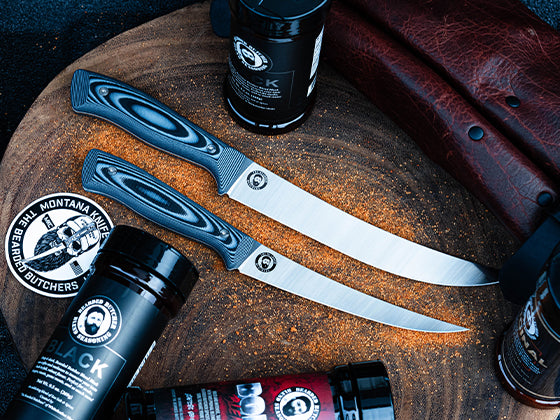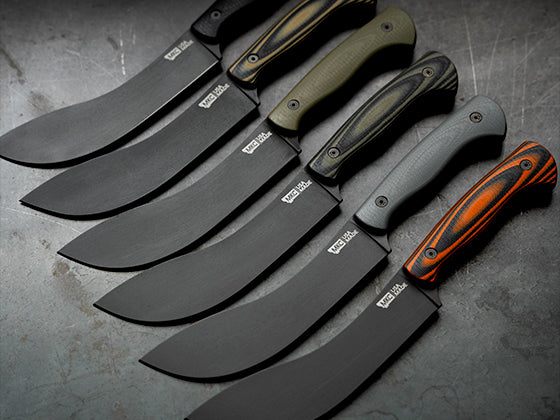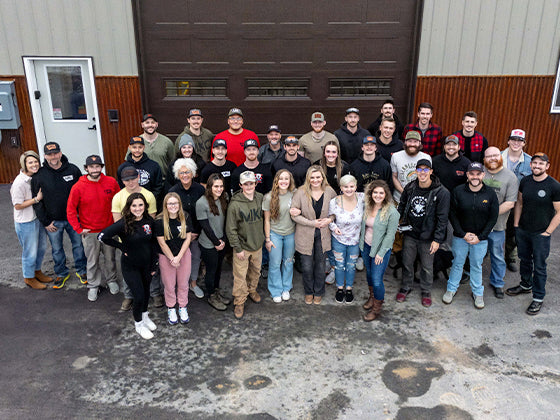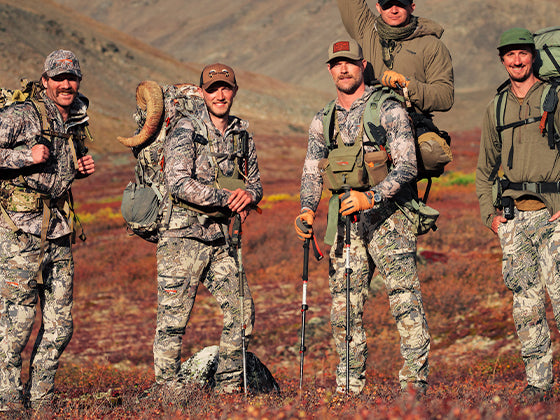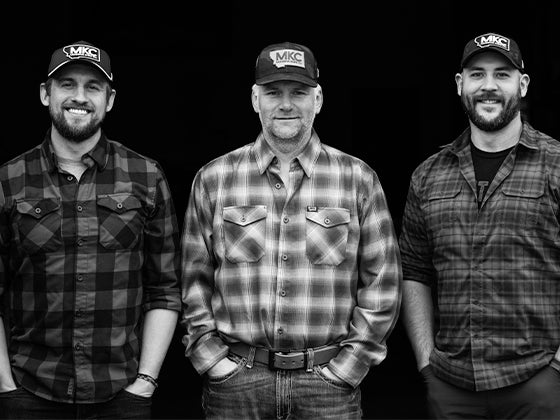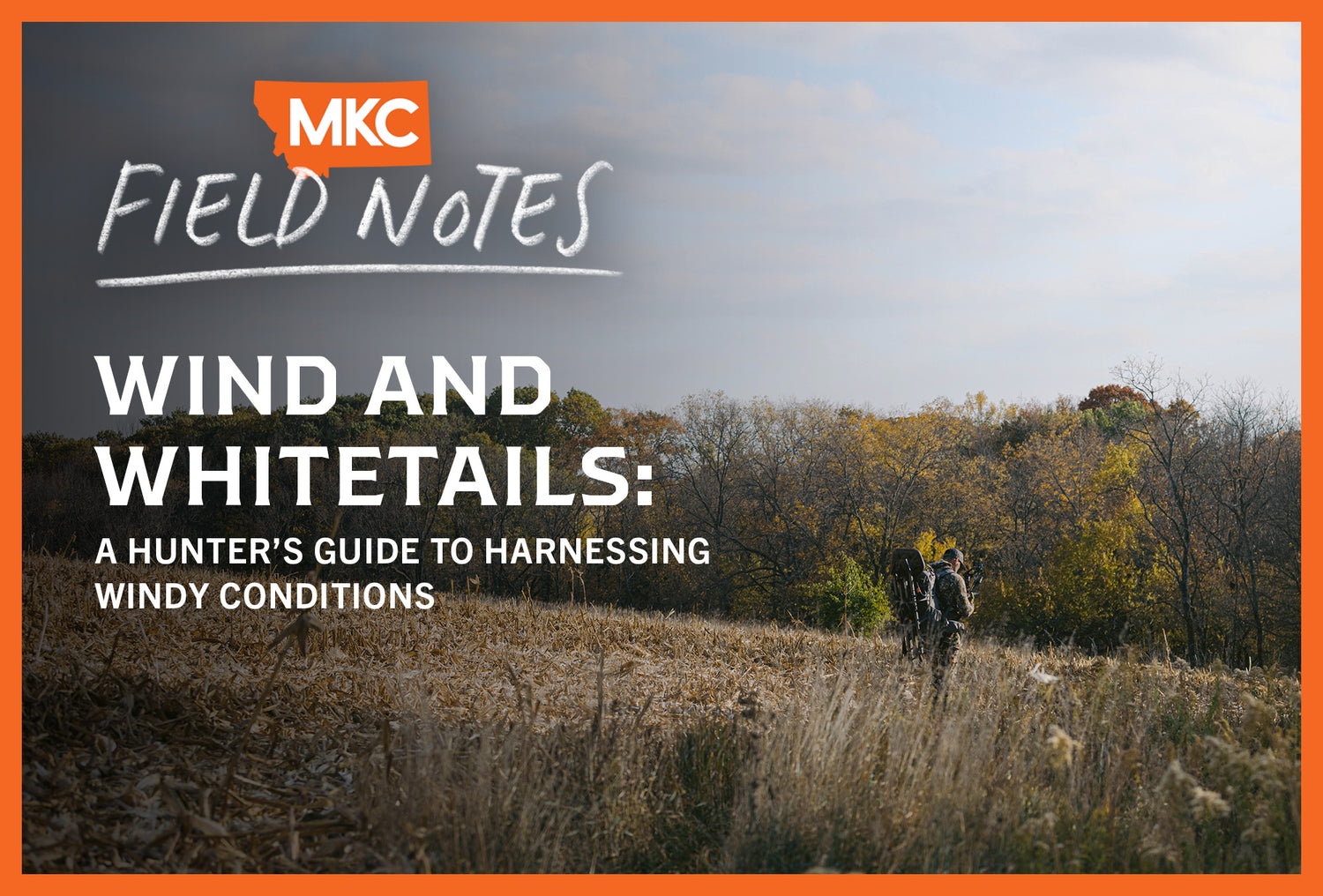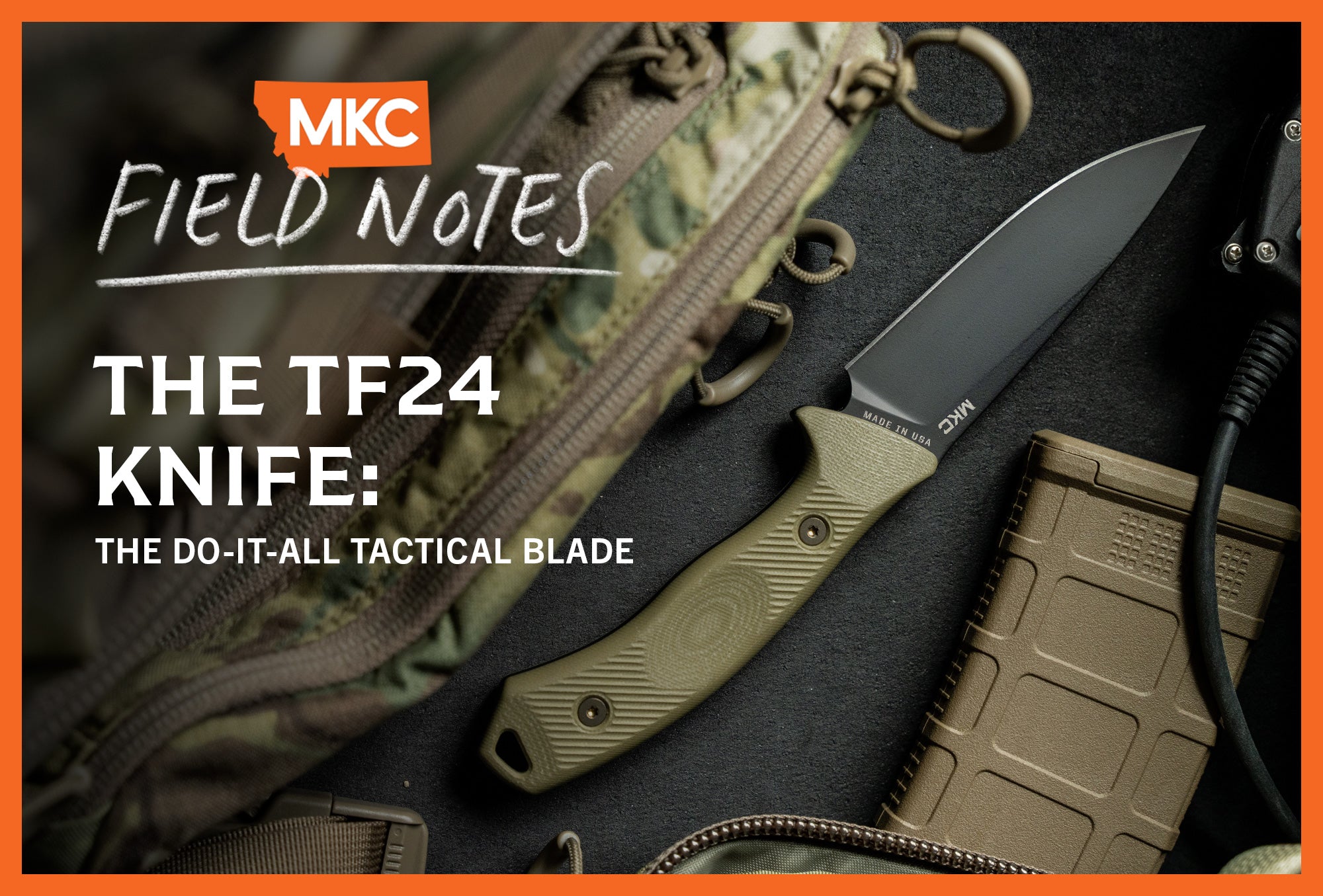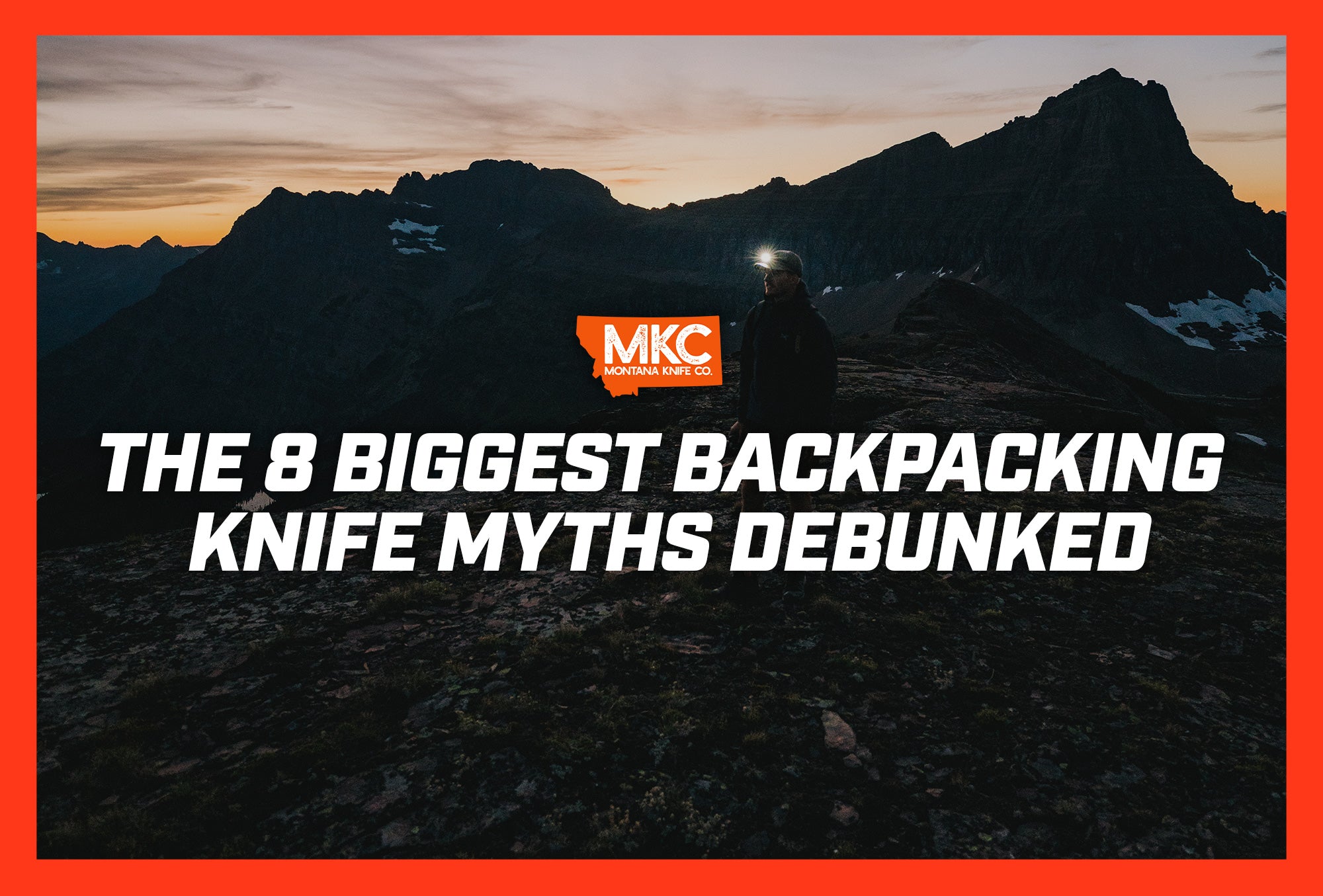A whitetail’s nose is its strongest defense. If you beat the deer’s nose, you beat the deer — but if a deer outsmarts you, there’s a good chance it’s because he picked up your scent.
That can be the wind’s fault because the wind carries scent. However, not all wind is detrimental to the hunt. You can even use it to your advantage.
Low- or no-wind conditions are often worse than high-wind ones. When there’s little or no wind, the air swirls in inconsistent directions, and it’s impossible to pinpoint where “downwind” is. Those unpredictable conditions have cost me too many hunts.
I like high-wind conditions better than low- or no-wind conditions, but deer can also get spooked in high winds. So, where’s that sweet spot? How much wind is too much for deer hunting?

The Advantages of High Wind
Many hunters believe high wind always exposes their position, which isn’t true. The right windy conditions can disguise your presence.
The rustle of wind in the trees can cover your own noise, letting you move without detection. Wind noise often helps me creep closer to the deer than I’d otherwise be able to.
Imagine you’re in a completely silent house, sitting in the living room. If someone shuts a drawer in the kitchen or steps on a squeaky floorboard, you’ll hear it immediately.
Now imagine that the TV, fridge, and microwave are all running. Do you hear the same noise?
On the hunt, the deer is the one sitting in his living room, and you’re the one moving around. The wind is the refrigerator, microwave, and TV.
I like a good 10–15 mph wind. It’s strong enough to mask smells and sounds but gentle enough not to spook your prey.
If a deer is downwind of you, they’ll smell you and probably run, so try to stay downwind of where you think the deer will be. Hunt on days when the wind blows steadily, predictably, and in one direction.
Low or no wind works to the deer’s advantage — not yours.
How Much Wind Is Too Much for Deer Hunting?
So, how much wind is too much for deer hunting? This question doesn’t have a right answer, as it comes down to preference. Quiet hunters who mask their scents well may enjoy hunting in low-wind conditions.
Windy days have their own challenges. For instance, high winds make it tough to aim and shoot my bow, especially if the deer are already jumpy and can’t stand still. Masking your sound and scent is all well and good, but if those same winds make it impossible to hit your target, you may want to come back another day.
If I were to shoot a 50-yard shot with a 25-mph crosswind, I’d have to do some serious mental math to determine how that wind would affect my arrow’s trajectory. Certain bowhunters can do that on the fly, but I’m no John Dudley.
High winds are a limiting factor for an average guy like me. I prefer a steady, predictable wind I can work with rather than against. It’s just too much for me to run those mental calculations in the heat of the moment, and that’s fine.
With time, you’ll figure out your ideal hunting conditions, too.

How Terrain Affects Wind Patterns
Your hunting land’s topography affects wind patterns in a big way. So, how much wind is too much for deer hunting in different environments?
One spot I frequent has a shallow, cliff-ringed valley. The wind swirls around in that valley, creating a vortex effect. I can’t control my scent in that area, so even though deer are down there, I can’t enter it to hunt.
Instead, I set up around the valley’s top ridges. The wind is more consistent and predictable up there, and I use it to mask my scent.
It’s important to consider topography, especially when setting up your camp or hunting spot. The lay of the land can sabotage your hunt just as much as wind direction and ferocity can.
Using Thermals to Your Advantage
If you like to hunt in the early morning, use thermals to your advantage.
Thermals are the rising and falling of warm air off Earth’s surface. Warm air rises as the sun heats the earth, creating an upward thermal current. That air movement pulls your scent up and away from the deer’s sensitive noses, even if the wind direction isn’t ideal. If I’m hunting early in the morning and the thermals are good, I can get nice and close to my prey.
At night, the opposite happens as cold air sinks back to the ground. Scent management becomes difficult, and I have to be careful.
Understanding how the environment works has undeniably helped me become a more successful deer hunter.
How Much Wind Is Too Much for Deer Hunting? Final Thoughts
So, how much wind is too much for deer hunting?
There’s no single correct answer. Many factors affect your hunting success, even beyond those we’ve explored here. The key is to stack the odds in your favor.
The most successful hunters adapt to their environment and make strong decisions based on topography, wind ferocity, and time of day. Even then, the deer may still outsmart you, even if you do everything right.
That’s what makes deer hunting such a humbling yet rewarding pursuit.
by Brad Bever, Graphic Art Designer at Montana Knife Company


























